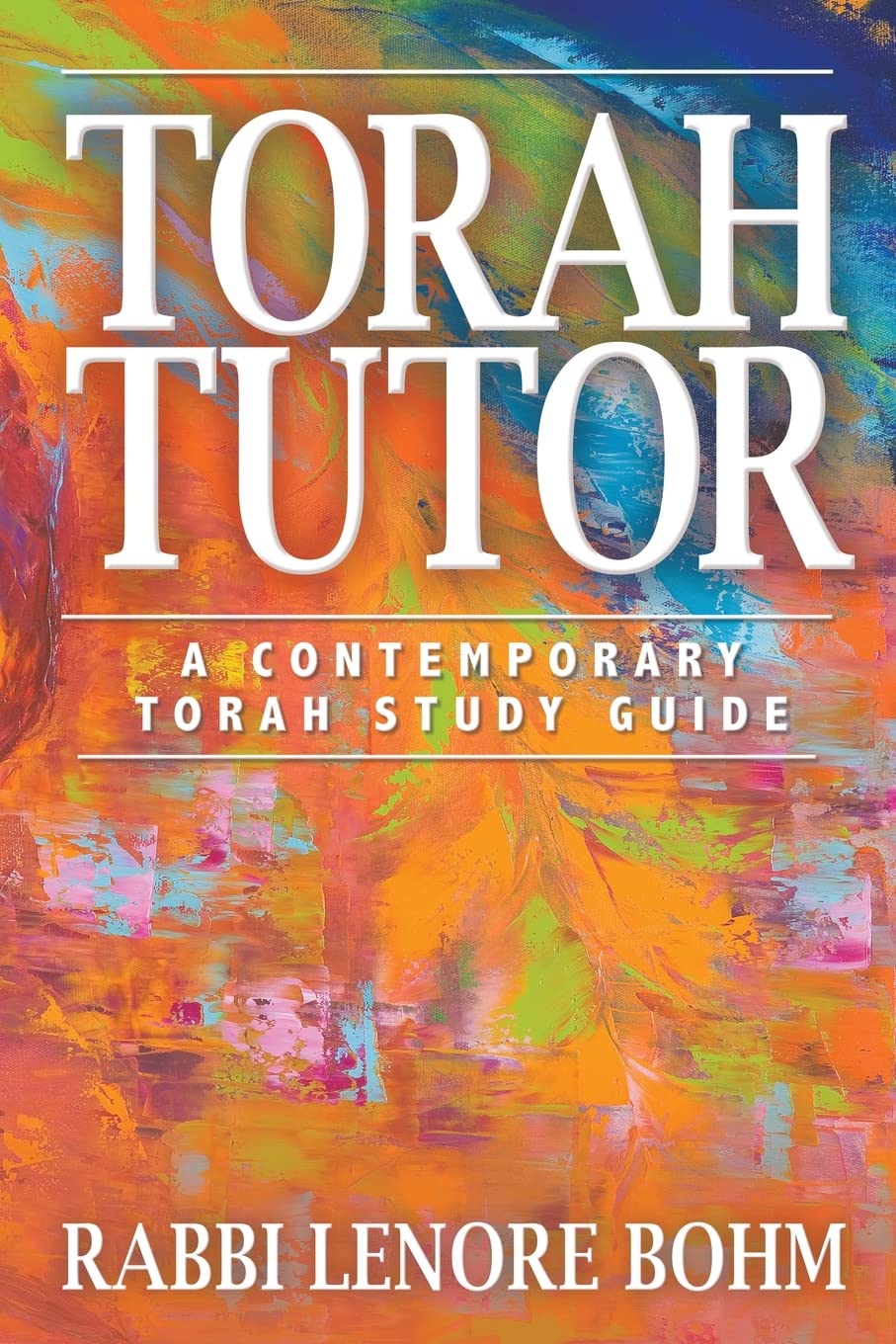By RABBI LENORE BOHM
Author of Torah Tutor
“Rosh” means “head” or “beginning.”
“Shanah” means “year” and is related to the word “change.”
So, “Rosh Hashanah” signifies the beginning of the year and the beginning of change.
So, let’s start with a couple of thoughts pertinent to Rosh Hashanah:
“When I was young, I wanted to change the world. I tried, but the world did not change. Then I tried to change my town, but the town did not change. Then I tried to change my family, but my family did not change. Then I knew: first, I must change myself.”
Rabbi Israel Salanter
“When we are no longer able to change a situation, we are challenged to change ourselves.”
Viktor Frankl
Timing of Rosh Hashanah
Autumn is not the obvious season to place the new year, or to celebrate creation. Spring makes much more sense. But Jews have long recognized what the Wall Street Journal only recently deduced: the cooler temperatures and shorter days of fall combined with a return to school and business as usual, lends itself to contemplation, evaluation and goal-setting. “September is the new January,” the WSJ announced, “the time when families put routines back in place, clear out clutter and vow to plan and cook healthy meals.”
Even relatively unconnected Jews often feel drawn to attend synagogue or to create a spiritual experience in the High Holy Day season. For many, these days are welcomed as an annual spiritually therapeutic encounter, offering respite from the distractedness and superficiality prevailing during most of the year.
Because of the complexities of the Jewish calendar, the New Year can occur anytime in September. This year, our New Year will be welcomed on September 25, at sunset. (All Jewish holidays begin in the evening.) About 900 years ago, a group of enterprising rabbis determined that God said, “Let there be light!” (Genesis 1:1) in the year 3761 BCE, so, according to their calculations, the upcoming New Year is 5783.
Of course, science dates creation to billions of years earlier. To some, it is important to reconcile scientific findings with Jewish tradition. For most of us, this isn’t an issue, and we’ll use the number 5783 only for religious documents.
From A Time to Every Purpose: Letters to a Young Jew by Rabbi Jonathan Sarna
Science, to my mind, primarily seeks to understand when and how the world came about. Judaism asks us to take stock of the world and of our own place within it. Science explores the age of the world, Judaism, the state of the world. The two sometimes complement one another, but their questions, methods, and assumptions could not be more different. The fact that Judaism and modern science disagree over the age of the world, therefore, bothers me not in the slightest. Scientifically speaking, science is right. Jewishly speaking, Judaism is right.
How the Jewish New Year Differs from the Secular New Year
Rosh Hashanah is celebrated very differently from the secular New Year: January 1 is associated with partying, drinking (a way to forget and release inhibitions), purchasing and wearing new (and perhaps suggestive) clothing, spending outrageous amounts of money on food, entertainment, one-of-a-kind experiences, and being raucous with strangers or “friends of the moment.”
In contrast, the Jewish New Year, while joyful, is spiritual, thoughtful, and reflective. We try to remember, not forget. We visit the graves of loved ones. We look for opportunities to be especially generous and charitable. We gather with close friends and family for delicious, home-cooked meals. We express hope that we have grown in the year gone by. There is no expression of regret at growing older; we pray that the New Year finds us wiser and truer.
Though our annual efforts at spiritual growth often meet with limited success, we continue to strive annually for renewal based on honest effort, and we try to gain strength from incremental, albeit undramatic changes.
We embrace the idea of our names being written into a “Book of Life” for the New Year—yes, each of us wants another year of life. But we focus attention on how to spend (not what to spend on) the year just beginning.
Here, then, is the spiritual agenda of the season: find your center and (re)claim it as central, reject cynicism, embrace hope, give thanks for what is lasting. In every way possible, commit to making your life a blessing.
Questions of the Season
What do I need to let go of from the year coming to an end?
From whom do I need to ask forgiveness?
Whom do I need to forgive?
How can I be a source of blessing to my family, workplace, community this year?
How can I be a source of blessing to myself?
What or who warrants my particular attention this year?
What or who brings out my pettiness, my pride? Can I separate from negative
people/influences?
How can I bring more wonder and joy into my life in the year ahead?
Can something good come out of my suffering, pain, loneliness?
Are there opportunities for spiritual growth resulting from my losses (aging,
deaths, etc.)?
Rosh Hashanah Teachings
We can (re) create ourselves. We become what we do.
We don’t have total control over anything; nevertheless we can choose our responses to what life sets before us. We live within natural and social boundaries, but our choices do make a difference. We can practice restraint. We can strive to master our impulses.
Rosh Hashanah celebrates the creation of the world, not the creation of Judaism or the Jewish people. It is a Jewish holiday that celebrates all existence, all people, and all possibility.
Leading up to Rosh Hashanah, we wish people a good and sweet year. “Good” speaks to the desired character of our our intentions, attitudes, and aspirations. “Sweet” describes the desired outcome our our efforts.
I wish you a good and sweet year!


Tell Us What You Think